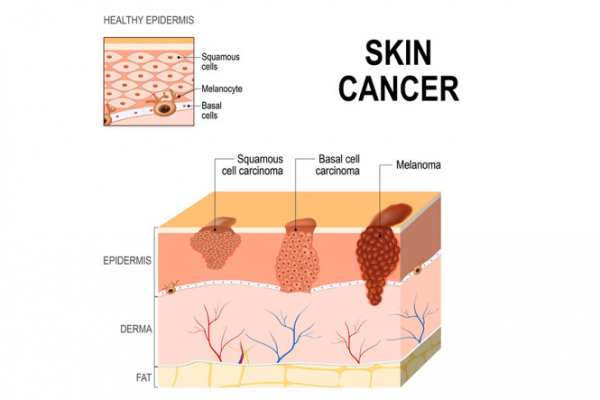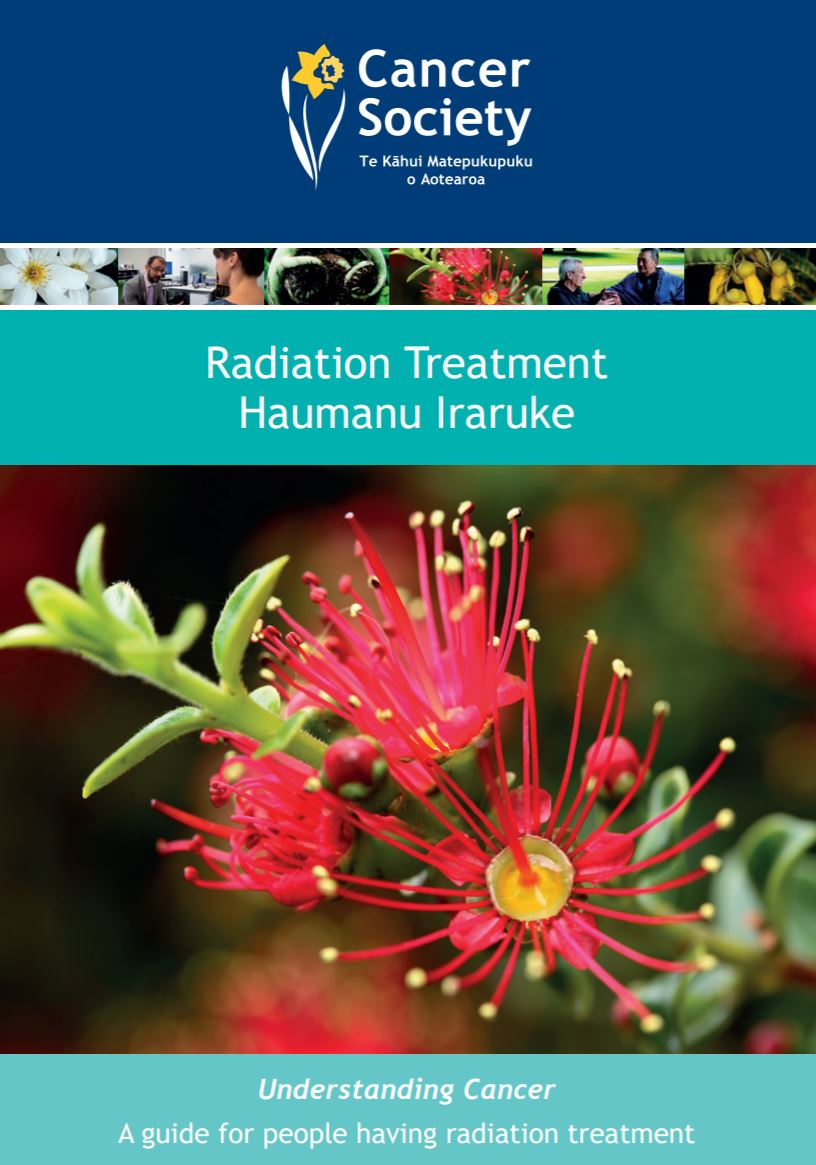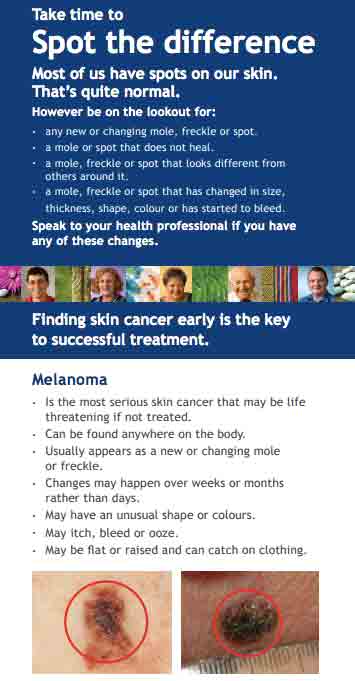Squamous cell carcinoma of the skin is a common form of non-melanoma skin cancer. It develops in the flat, thin squamous cells that make up the middle and outer layer of your skin.

Image credit: 123rf

Low or no data? Visit zero.govt.nz, scroll down the page then click on our logo to return to our site and browse for free.

Squamous cell carcinoma of the skin is a common form of non-melanoma skin cancer. It develops in the flat, thin squamous cells that make up the middle and outer layer of your skin.

Image credit: 123rf
Squamous cell carcinoma occurs when squamous cells in the outer layer of your skin develop errors in their DNA. Ordinarily, new cells push older cells toward your skin's surface, and the older cells die and are sloughed off. DNA errors disrupt this orderly pattern, causing cells to grow out of control, resulting in squamous cell carcinoma.
The most common cause of damage to DNA in skin cells is from ultraviolet (UV) radiation found in sunlight. Other sources of UV radiation, such as commercial tanning lamps and tanning beds, can also cause damage.
You are at highest risk of developing a squamous cell carcinoma if you:
Squamous cell carcinoma of the skin most often occurs on sun-exposed skin, such as your scalp, the backs of your hands, your ears or your lips. But it can occur anywhere on your body, including inside your mouth, on your anus and on your genitals.
Squamous cell carcinomas often appear as a raised, crusty, non-healing sore.
They may also appear as a:
If you notice a change to or growth on your skin, make an appointment to see your doctor straight away. Your doctor will assess the size, location and look of the growth. They will also ask you how long you have had it and whether it bleeds or itches.
If your doctor thinks the growth may be cancer, they may take a small sample of tissue (a biopsy). The tissue sample will be sent to a laboratory and examined under a microscope. Your doctor will let you know whether the sample shows any cancer cells or not, and will recommend appropriate treatment if necessary.
Treatment of squamous cell carcinoma depends on its type, size and location and other factors, such as your preference.
Options include:
If you have a squamous cell carcinoma, talk with your doctor about which treatment option is best for you. Treatment has a high success rate, provided the skin cancer is found at an early stage. Your doctor may want to schedule a future appointment to check for new lesions.
Read more about skin cancer treatment.
Most squamous cell carcinomas can be treated and cured. However, it is possible for these types of cancers to recur or for new skin cancers to appear.
Do the following to reduce the risk of new cancers occurring:
See also sun safety.
Squamous cell carcinoma of the skin(external link) DermNet NZ
Squamous cell carcinoma patient information sheet(external link) British Association of Dermatologists, 2022
Squamous cell carcinoma(external link) The Skin Cancer Foundation, US, 2015
Skin cancer information(external link) The Skin Cancer Foundation, US, 2015
Radiation treatment(external link) Cancer Society, NZ, 2018
Signs of skin cancer(external link) Cancer Society, NZ, 2010
Take time to spot the difference(external link) Cancer Society of NZ, 2014
Clinical practice guidelines for keratinocyte cancer(external link) Cancer Council Australia
SCC guidelines update(external link) British Association of Dermatologists
Managing non-melanoma skin cancer in primary care – a focus on topical treatments(external link) BPAC, NZ, 2013
See our page Skin cancer for healthcare providers
If a patient presents with a suspicious lesion:
The Best Practice team provides a useful summary of how fluorouracil and imiquimod creams can be used as topical treatments for non-melanoma skin cancers. See full guidance: How to use fluorouracil and imiquimod for non-melanoma skin cancer in a general practice setting(external link) BPAC, NZ, 2017
Management of non-melanoma skin cancer in primary care(external link) (Goodfellow Unit, NZ, 2017)
In this video, Dr Diana North, Goodfellow GP Advisor talks with Dr Marcus Platts-Mills, Dermatology and Skin Cancer Surgery specialist, about the management of non-melanoma skin cancer in primary care.
The Skin Cancer College Australasia(external link) also provides education for medical practitioners.

Cancer Society, NZ, 2018

Cancer Society of NZ, 2014
Credits: Healthify editorial team. Healthify is brought to you by Health Navigator Charitable Trust.
Reviewed by: Dr Alice Miller, FRNZCGP, Wellington
Last reviewed:
Page last updated: